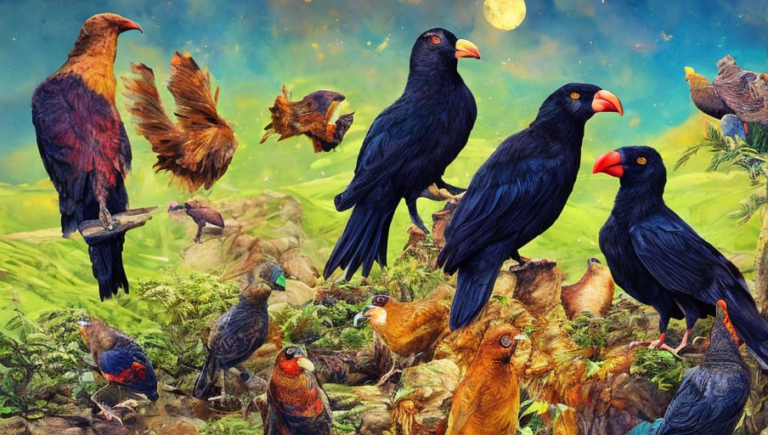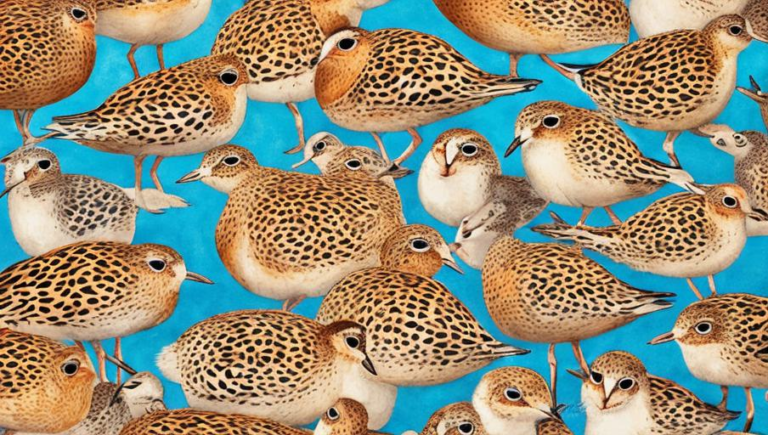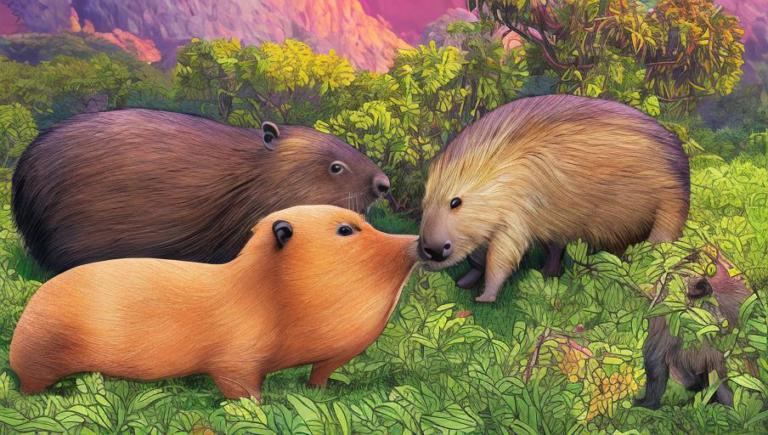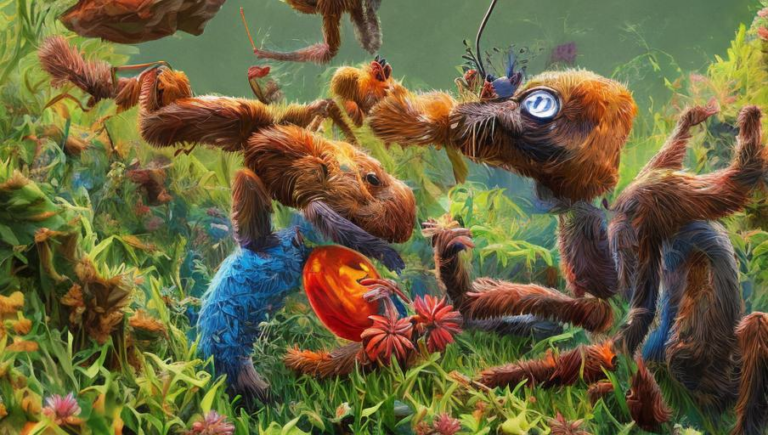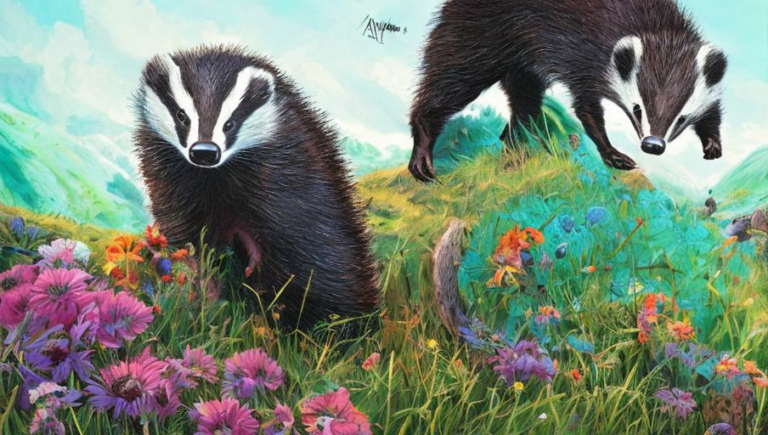Voyage to the Habitat of the Cheetah
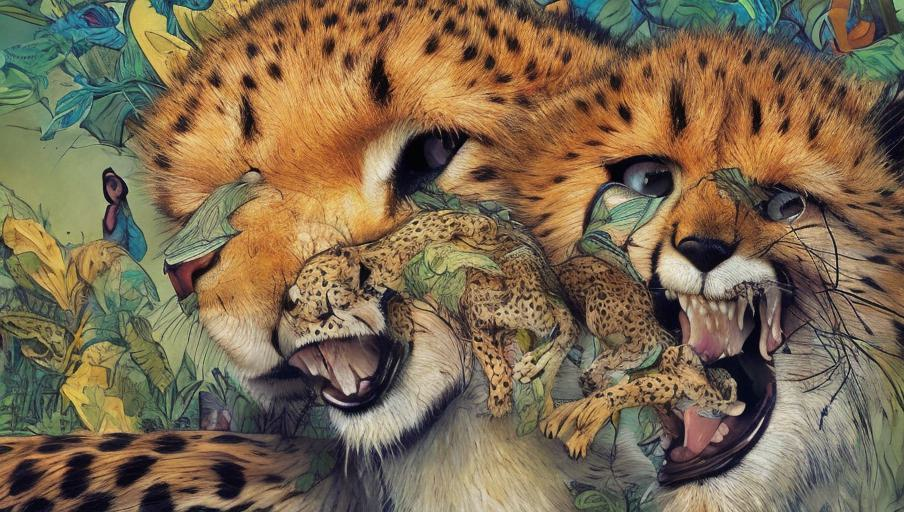
Introduction
The cheetah (Acinonyx jubatus), one of the fastest land animals on earth, is an iconic species found in parts of Africa and the Middle East. This majestic cat has a unique anatomy and physiology that allows it to move at incredible speeds and is a symbol of power and grace. The cheetah is an important part of their ecosystems and the conservation of these cats is critical for their survival. In this article, we will explore the habitat of the cheetah and what it takes to survive in such a harsh environment.
The Savanna
Cheetahs inhabit the open grasslands and dry woodlands of the savanna. They are found in countries such as Botswana, Namibia, Zimbabwe, Zambia, and South Africa, as well as in Iran, Northern India, and Ethiopia. The savanna is home to a variety of other animals, such as zebras, wildebeests, and antelopes, which provide the cheetah with its favorite meals. Cheetahs can be found in savannas during the day and sleep in the shade during the night. They usually avoid densely populated areas, as they are more likely to come into contact with their predators or humans.
The Adaptations of the Cheetah
The cheetah has a number of adaptations that allow it to survive in the savanna. Its long, slender legs are designed for running, while its claws are semi-retractable and provide it with better traction on the ground. Its long tail helps with balance while running, while its spotted coat provides camouflage from potential prey. Its eyesight is also exceptional, allowing it to spot potential prey from far distances.
The Diet of the Cheetah
Cheetahs feed mainly on antelopes, gazelles, and other small mammals. They are also known to scavenge from larger predators, such as lions and hyenas. Cheetahs hunt by stalking their prey and then using their incredible speed to catch up to it. They are also skilled climbers and can catch prey from tree branches.
Cheetah Conservation
Unfortunately, the cheetah is listed as an endangered species due to habitat loss and hunting. Their population has decreased significantly over the years and current estimates suggest that there are fewer than 7,100 individuals left in the wild. Conservation efforts are ongoing in order to protect the cheetah and its habitat. These include protecting the savanna from poaching and human encroachment, as well as providing educational resources to local communities about the importance of conservation.
Conclusion
The cheetah is an amazing species that is an integral part of its habitat. Its incredible speed and agility makes it an impressive predator, but it is also important for maintaining balance in the savanna. Conservation efforts are ongoing in order to protect the cheetah and its habitat and it is up to us to ensure its survival for future generations.
